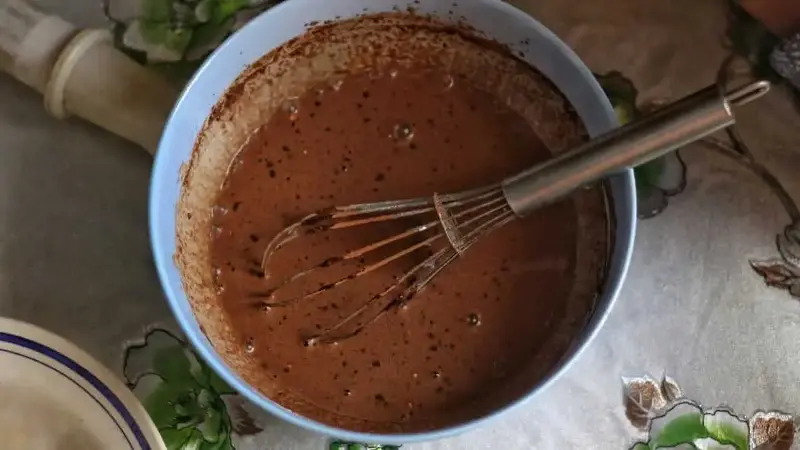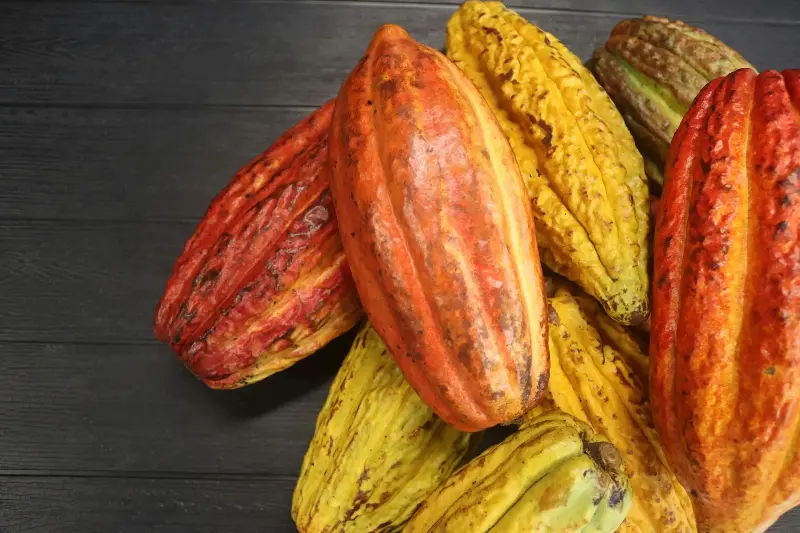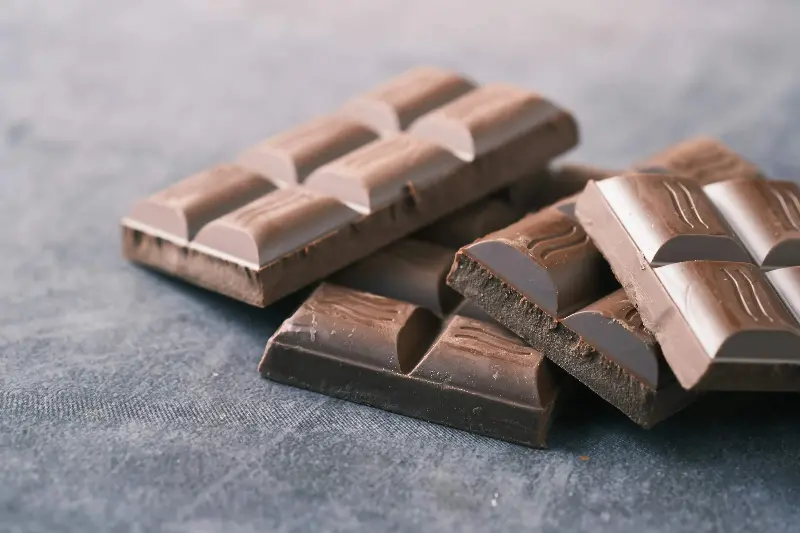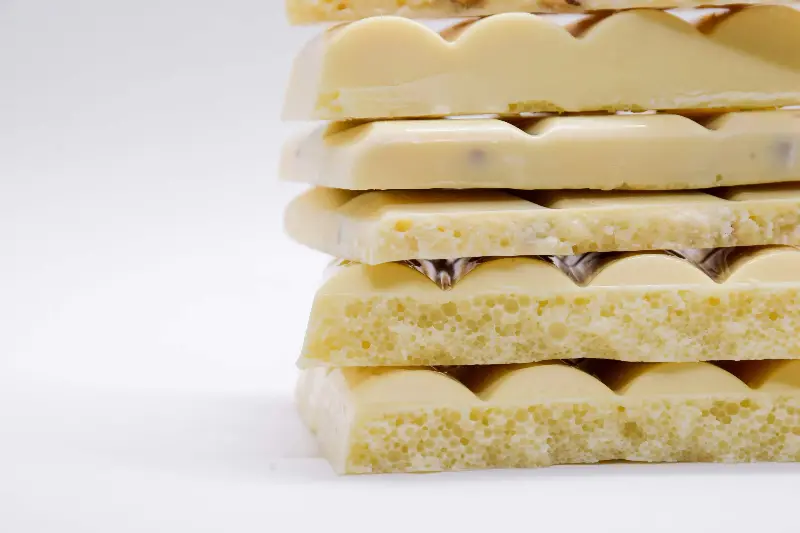
For a complex ingredient like chocolate—using it in tandem with other ingredients while baking ensures that desserts are always balanced in sweetness as well as in texture. The cocoa solids present in chocolate along with the fat from cocoa butter have an effect on how a batter sets once baked—to determine whether a confection might turn out to be moist, fudgy, cakey or dry, if not offset correctly. In brownies, for example, melted chocolate yields a fudgy, undercooked texture whereas using cocoa powder might make them lighter and cake-like. In addition to this, tempering chocolate can be a delicate technique since the possibilities of it seizing or burning could make or break a recipe. Similarly, the acidity of cocoa powder could be a gamble when combined with leavening agents like baking soda—impacting how a loaf cake or sponge might rise once baked.
Cocoa Vs Cacao

Image Credits: Unsplash
While cacao refers to the pods, tree and seeds from which chocolate is typically derived, cocoa is made when the pods are opened and fermented along with other forms such as butter and liquor. Cacao trees—which predominantly grow around the equator, include regions of Africa, South and Central America as well as the islands of Indonesia and Malaysia. Irrespective of the kind of chocolate found in retail sections—whether small batch or manufactured industrially—the composition of basic ingredients remain the same, which gives them their distinct qualities of richness, butteriness, sweetness or bitterness. Along with the recipe of making a chocolate bar, the technique is an equally important factor to determine how the final product is further adapted.
Take chocolate liquor for example—not to be mistaken for chocolate liqueur—which refers to the paste made from ground cacao beans, giving chocolate its core flavour. Composed of cocoa solids suspended in cocoa fat, also known as cocoa butter, the solids provide flavour while the fat brings a smooth texture to the product. Cocoa solids are basically the particles of fibre, protein and starch—when combined with the naturally occurring fat from cacao beans, impacts the shape and melting qualities of the final bar. Cocoa butter—which is a high-demand element in both food and cosmetic industries, is considered to be chocolate’s most expensive ingredient although it has a bland flavour. However, the glossy appearance, the hard but non-greasy surface, the ‘snap’ of breaking a bar of chocolate as well as its creamy texture are all the qualities imbued due to the butter. Usually, chocolate liquor naturally contains cocoa butter but it is often added over and above during manufacturing bars, which influences the average percentage of chocolate.

Image Credits: Unsplash
An integral part of chocolate-making is the usage of sugar—without which, eating chocolate wouldn’t be as much of an enjoyable experience. The natural bitterness and acidity of cacao is balanced by the use of sugar, considered to be the second most prevalent ingredient in dark, milk and white chocolate varieties. Crystalline sucrose or table sugar is the most commonly used sweetener in the production of an average chocolate bar, where it is pulverised to less than 25 millionths of a meter in order to provide a mouthfeel that is smooth and creamy. For milk and white chocolate, milk solids become the defining ingredient (along with some dark chocolate options which contain upto 12% milk solids) and are usually added in the form of milk powder—a manufactured dried milk product which prevents additional moisture contribution.
The characteristic mellow and sweet flavour of milk chocolate as well as its softer, less snappy texture are due to the quantity of milk solids and sugar being higher than the amount of chocolate liquor and butter. Along with this, flavouring agents such as salt and vanilla bring a balance to sweetness and add floral notes that complement the natural bitterness of the ingredient; other additives also include spices, nuts and dried fruit. Pretty much all chocolate bars found for consumption contain an emusifier known as lecithin, extracted from soybeans and used to improve the viscosity of chocolate when it is melted—a handy feature when being poured over truffles, glazing or spreading it into sheets to create chocolate ornaments.
Also Read:
Couverture Chocolate: A Basics Guide To This High Quality Variety
Chocolate In Baking
While it is a given that chocolate is used in baking primarily to improve the taste of sweets, there’s more to the ingredient than just flavour. Baked desserts are a delicate balance of structured ingredients like flour and eggs as well as tenderisers such as butter, sugar and egg yolks, which make cake softer than bread. The quantity of fat in chocolate adds more structure to baked goods than it does tenderness—which is evident in cakes or cookies needing less flour when chocolate is used and sweets made with dark chocolate being tougher than those made using its milk counterpart. The glossy appearance of mousse, ganache or frosting is infatuating due to the presence of fat from high-fat bars which also make them creamier. Additionally, while flour soaks up the moisture from eggs, milk and butter, cocoa powder serves the same function while absorbing more liquid than flour, giving loaf cakes their signature firmness.
Know Your Chocolate Types
Bitter/Dark/Semi-Sweet

Image Credits: Unsplash
While bittersweet and dark are often used interchangeably, semi-sweet usually contains around 35-45% cacao and tends to be sweeter than the former varieties. Although there are no fixed parameters to distinguish between either, each one must contain a minimum of 35% unsweetened chocolate and up to 12% milk solids.
Milk Chocolate
The variety which qualifies as milk chocolate must contain a minimum of 10% cacao and 12% milk solids, while varying in flavour, texture and other dairy solids flavours. Some bars have a ripe, sometimes sour flavour while some might have a mellow sweetness which is signature of the type. Few bars of milk chocolate also contain caramelised notes from the heating of sugar and milk solids together.
Couverture Chocolate
Derived from the French word ‘to cover’, couverture is also known as dipping or coating chocolate and contains about 31-38% cocoa butter. This provides the variety a glossy finish while enabling it to flow easily—making for an ideal choice in glazes or coating pastries and cakes.
White Chocolate

Image Credits: Unsplash
The absence of cocoa liquor and just cocoa butter is what gives this variety its pale appearance, although popular perception is that white chocolate is not considered to be chocolate at all—with a composition that contains 20% cocoa butter and 14% milk solids.
Cocoa Nibs
One could say that cocoa nibs are to chocolate what peanuts are to peanut butter—essentially little nubs of cocoa bean which have been roasted and hulled, but not ground. Their crunchy texture with a dark roasted flavour and underlying bitterness bring texture as well as contrast to baked goods, along with being used in their original form to sprinkle over smoothies and oatmeal.
Cocoa Powder
Made when cacao liquor is processed to extract the cocoa butter, the resultant fine, unsweetened powder is what we know and identify as such. Found in two different forms—natural and Dutch, natural cocoa powder retains the natural acidity while Dutch is neutralised with an alkali chemical, resulting in a darker colour and neutral flavour, in comparison.
